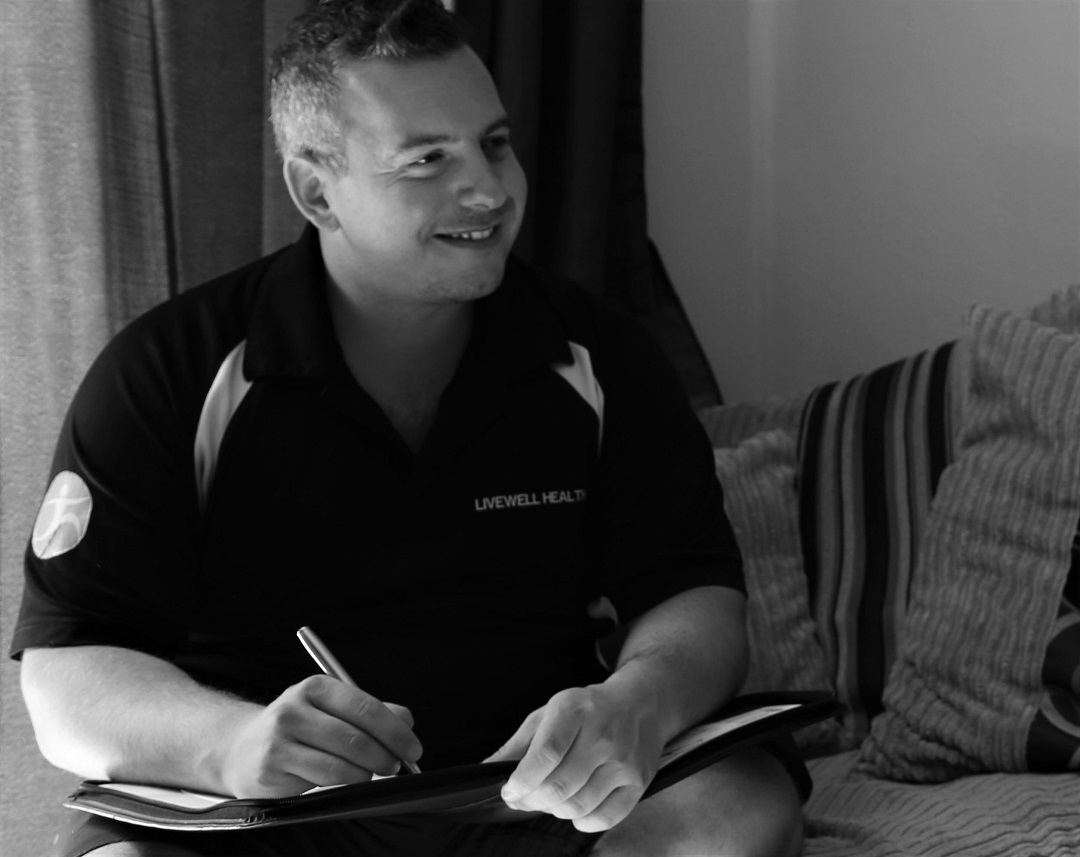Neck pain, also known as cervical pain, is a prevalent ailment that affects a significant proportion of the population. The cervical spine, comprising of the uppermost seven vertebrae of the spinal column, is an intricate structure that encompasses bones, muscles, tendons, and ligaments. Irritation or damage to any of these components can result in pain and discomfort in the cervical region.
The cervical spine plays a crucial role in maintaining the stability of the head and providing mobility to the head and neck. Additionally, it serves as a protective structure for the spinal cord and nerve roots. Due to its vital functions, cervical pain can have a significant impact on an individual’s daily activities and quality of life. Thus, it is imperative to have a thorough understanding of the causes, symptoms, assessment, treatment and prevention of cervical pain.
A comprehensive understanding of the cervical spine’s anatomy and the various factors that may contribute to cervical pain can aid in the selection of appropriate treatment and prevention methods. It is always recommended to seek professional medical advice for accurate diagnosis and treatment.
Anatomy
- Cervical Spine: The neck is composed of seven cervical vertebrae (C1 to C7) . These vertebrae are responsible for supporting the head and allowing for a wide range of motion. Intervertebrae discs situated between the vertebrae act as cushions and provide flexibility.
- Muscles: The neck is supported and moved my a complex system of muscles. Some of the major muscles in the neck inslude: Sternocleidomastoid whihc allow for rotation and tilting of the head. Trapezius: helps rotating and stabilizating the shoulder blades and supports the head and neck. Levaator Scapula:Assists in elevating the shoulder blades and rotationg the neck/ Scale muscles: they asssist in neck flexion and rotation
- Nerves: The cervical Spine houses the spinal cord. which is an extension of the central nervous system. From the spinal cord, nerve roots branch out and exit through spaces between the vertebrae. These nerves supply sensation and motor control to various parts of the body, including the neck, shoulders, arms and hands.
- Ligaments are strong bands of connecting tissues that provide stability and support to the neck. They connect the vertebrae, helping to maintain proper alignment and limit excessive movement.
- Bloos Vessels: Several blood vessels run through the neck, including the carotid arteries and jugular veins, These vessels supply oxygenated blood to the brain and other parts of the head and neck.

Symptoms
Neck pain can present in a variety of ways, including stiffness, soreness, or a sharp or dull ache. Other symptoms may include headaches, muscle spasms, tingling or numbness in the arms or hands, and difficulty moving the neck.
Causes
- Neck pain can be caused by a variety of factors, including poor posture, injury, or underlying health conditions. Some common causes include:
- Poor posture: Sitting or standing in a slouched position can put a lot of strain on the neck muscles and cause pain
- Injury: Whiplash, a common injury from car accidents, can cause damage to the muscles and ligaments in the neck
- Degenerative conditions: Arthritis, osteoporosis, and other degenerative conditions can cause the bones in the neck to wear down, leading to pain.
- Stress: Stress and tension can cause the muscles in the neck to tighten, leading to pain
- Poor sleeping position
- Overuse or repetitive movements
Diagnosis
If an individual is experiencing cervical pain, it is imperative to seek professional medical advice for an accurate diagnosis. The diagnostic process typically begins with a thorough physical examination, during which the healthcare professional will assess the individual’s range of motion, muscle strength, and any areas of tenderness or discomfort. This examination may also include a neurological examination to assess the function of the nerves in the neck and upper extremities.
In addition to the physical examination, imaging tests may also be conducted to further evaluate the cervical spine. These may include X-rays, magnetic resonance imaging (MRI), computed tomography (CT) scans, or bone scans. These imaging tests can provide detailed information about the bones, discs, and other structures of the cervical spine and can aid in identifying any abnormalities or injuries.
Treatment
Treatment for neck pain will depend on the underlying cause. Some common treatment options include:
- Medications: Over-the-counter pain relievers, such as ibuprofen or acetaminophen, can help to reduce pain and inflammation.
- Physical therapy: Exercises and stretches can help to strengthen and stretch the neck muscles, improving flexibility and reducing pain.
- Chiropractic care, Acupuncture
- Surgery: In rare cases, surgery may be necessary to address a specific problem in the neck.
Exercises
In addition to physical therapy, there are a number of exercises that can help to relieve neck pain. Some examples include:
Neck stretches: Gently tilt your head to the side, hold for a few seconds, and then release.
Shoulder rolls: Roll your shoulders forward and then backwards, to release tension in the neck.
Upper trapezius stretch: Sit up straight and tilt your right ear to your right shoulder, hold for a few seconds, and then release.
Strengthening exercises: Exercises such as shoulder shrugs, neck extensions, and rotations, can help to strengthen the muscles in the neck.
Prevention
To prevent neck pain, it is important to maintain good posture, take regular breaks when sitting or standing for long periods of time, and to avoid repetitive movements. Additionally, proper sleeping position, stress management techniques and regular exercise can also help to prevent neck pain.


